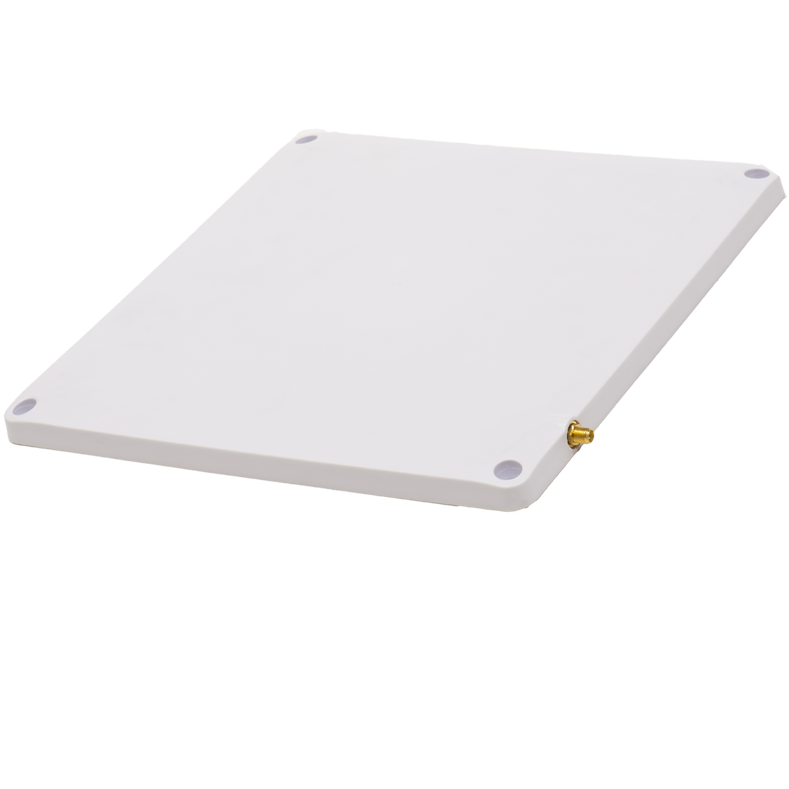 Reader antennas, like tag antennas, may also assume form factors appropriate to their application. This includes antennas fitted to dock doors, embedded in store shelves or racks, fitted within a point-of-sale terminal, or integrated into the guide rails of conveyor equipment. Some antennas are especially designed to read tag data of tags on athletes running a marathon, other antennas can be mounted in door frames to read tags worn by people accessing a room or festival.
Reader antennas, like tag antennas, may also assume form factors appropriate to their application. This includes antennas fitted to dock doors, embedded in store shelves or racks, fitted within a point-of-sale terminal, or integrated into the guide rails of conveyor equipment. Some antennas are especially designed to read tag data of tags on athletes running a marathon, other antennas can be mounted in door frames to read tags worn by people accessing a room or festival.
How do reader antennas work? In basic terms, a reader antenna converts electrical current into electromagnetic waves that are then radiated into space (similar to an FM radio) in a particular pattern at a given level of intensity. These radio waves can be received by a tag’s antenna and converted back to electrical current. The tag uses its own antenna to respond to send back a response (backscatter). When the tag responds, the reader antenna receives the information in a similar manner.
The parameters of greatest interest to the tag are polarization (or the reader antenna wave’s electric field vector, orientation, and direction) and the power level of the transmission. A linearly polarized antenna radiates entirely in one plane in the direction of signal propagation, while with a circularly polarized antenna, the plane of polarization rotates in a circular fashion (effectively a corkscrew when considered in time), making a complete revolution during one period of the wave.
